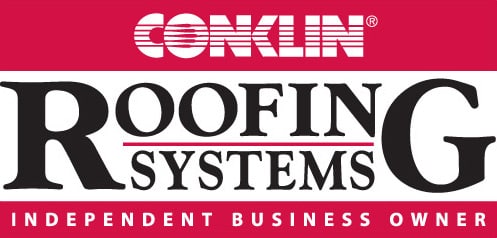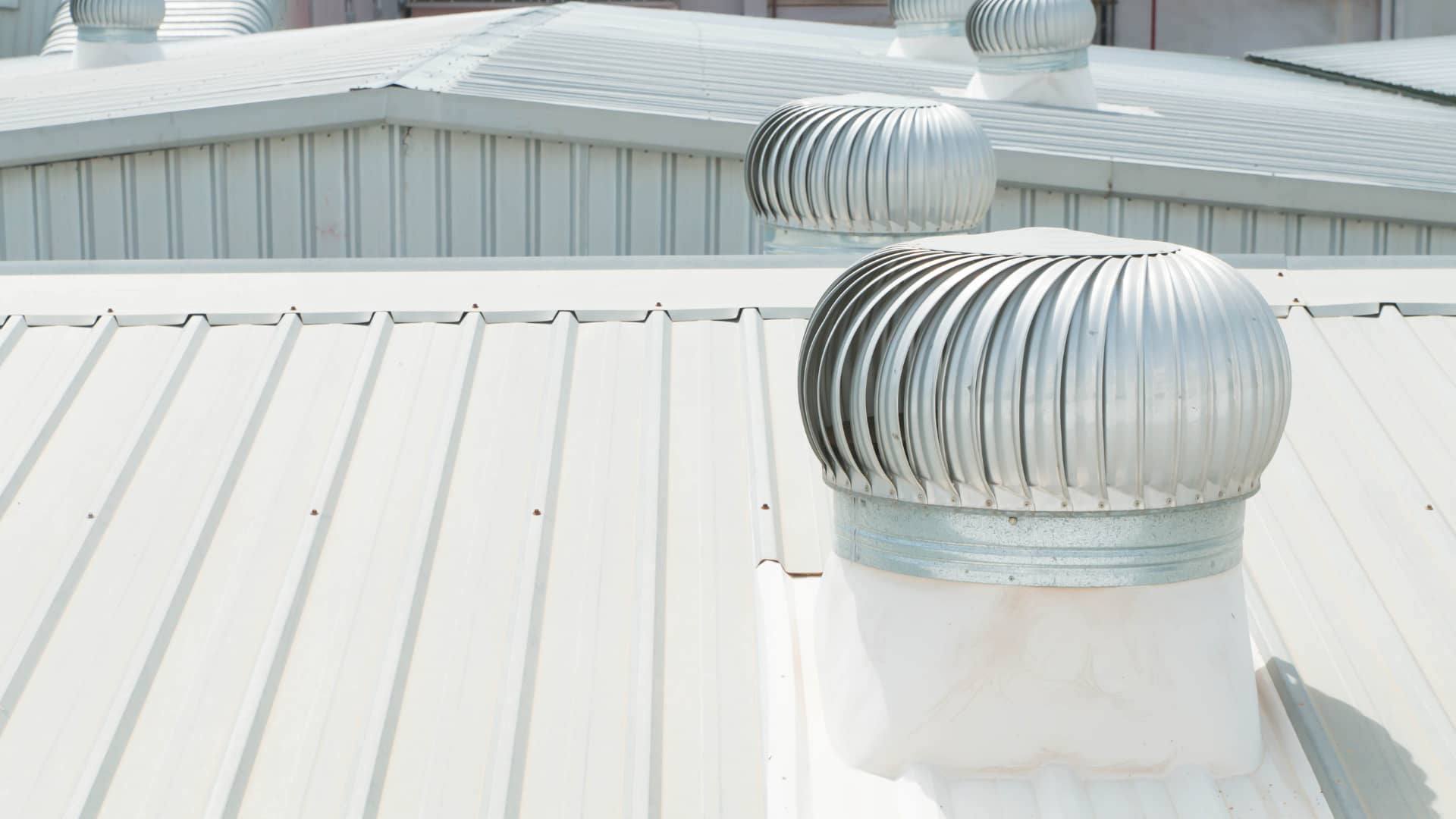For building owners and managers, a commercial roofing system protects against various weather conditions and regulates energy costs. If you’re a business owner, you’re probably wondering what your options are regarding commercial roofing. Well, there are two popular options on the market for single-ply roofing systems. The first option is TPO (Thermoplastic Polyolefin), and the second is EPDM (Ethylene Propylene Diene Monomer). These materials offer exceptional benefits, but the key difference can be the reason why one solution might work for you and the other might not.
Before we begin, we have to give you some context about TPO roofing systems and EPDM commercial roofing systems, so if you want to know more, keep reading!
What Is TPO?
As mentioned, TPO stands for Thermoplastic Polyolefin, a single-ply roofing material widely used in commercial roofing. Over a few decades, TPO has evolved, and it has gotten to the point where it has become more reliable. A common use of TPO materials in industrial and commercial roofing is due to their flexibility and durability. Another vital component is ethylene-propylene rubber, a synthetic elastomer similar to rubber. A white color distinguishes this material from other types, and it is typically manufactured in sheets that are available in various sizes.
What Is EPDM?
On the other side, EPDM stands for Ethylene Propylene Diene Monomer, a synthetic rubber compound that allows it to be flexible. Like TPO, EPDM is also made from a single-ply material, typically in black color but also white. Due to its simple installation and strong resistance to ozone and ultraviolet light, it is a popular solution among business owners. Furthermore, EPDM roofs have many benefits, including resistance to some solvents and acids.
Now that we have explained TPO and EPDM commercial roofing systems, it’s time to dive into their key differences to see which material is worth your money.
The Key Difference Between TPO and EPDM
Even though both materials offer benefits, we have to mention some key differences regarding their performance, durability, and cost.
- Material
As you might have guessed, one key difference would be the material it is made of. For example, TPO is made from a mixture of rubber, ethylene, and propylene, while EPDM is made from synthetic rubber. - Installation
Like material, the installation process between the two also differs. Regarding TPO, the installation process includes prepping the existing roof by cleaning it, and removing the covering, if there is any, before laying down the material.
Before installing the EPDM system, the roof deck should be thoroughly cleaned and dried so that, in the process, there are no problems with the adhesive. EPDM should be installed according to the manufacturer’s guidelines, so it is important to read the instructions.
The main difference between these two is that EPDM is easier and faster to install because it doesn’t require special equipment, while TPO has to be hot air welded. However, because of this, installing a TPO roof is a bit more complex and pricier and requires professional roofers to install the roof. - Durability
TPO is a strong roofing material that can withstand tears, mold build-up, dirt, and more. Different TPO membranes might perform differently, but if properly installed, they can last. EPDM rubber is also long-lasting and durable because it is made to withstand harsh weather conditions. An EPDM roof can last up to 25 years if installed correctly. - Energy efficiency
Regarding color, we mentioned that the TPO membranes are made from white material; therefore, this type of membrane reflects sunlight, which makes this solution more efficient. However, despite the fact that EPDM roofing membranes are available in white color and will produce better reflective properties than EPDM roofs in darker colors, EPDM roofs will not provide the same level of energy efficiency as TPO roofs. - Cost
TPO is more expensive than EPDM, and EPDM is the most cost-effective option, but the actual price will vary based on the size and complexity of the roofing project. No matter which material you choose, investing today and not regretting tomorrow is better. Additionally, these materials last longer and protect better if they are thicker.
We provided you with some differences between the two, so we can conclude that everything depends on several factors, including the needs of your building, budget, and preferences. In addition, you can always contact the local roofing contractor, who will provide you with desired information on which option you should choose.
Call White Roofing System for Your Commercial Needs
Knowing the distinctions between the two materials will help you make a choice that will improve the building’s energy efficiency and durability over time. And if you need a consultation with professionals, you can always call White Roofing System, the best commercial roofing contractor.
White Roofing Systems has helped many businesses with their commercial roofing needs throughout the U.S. Due to our use of Conklin Roofing System, an exclusive brand in the commercial roofing industry, we can guarantee the best quality service. Therefore, do not hesitate to contact White Roofing Systems if your business property needs a commercial roof installation.
Call us now and schedule an appointment and learn more about commercial roofing systems.

